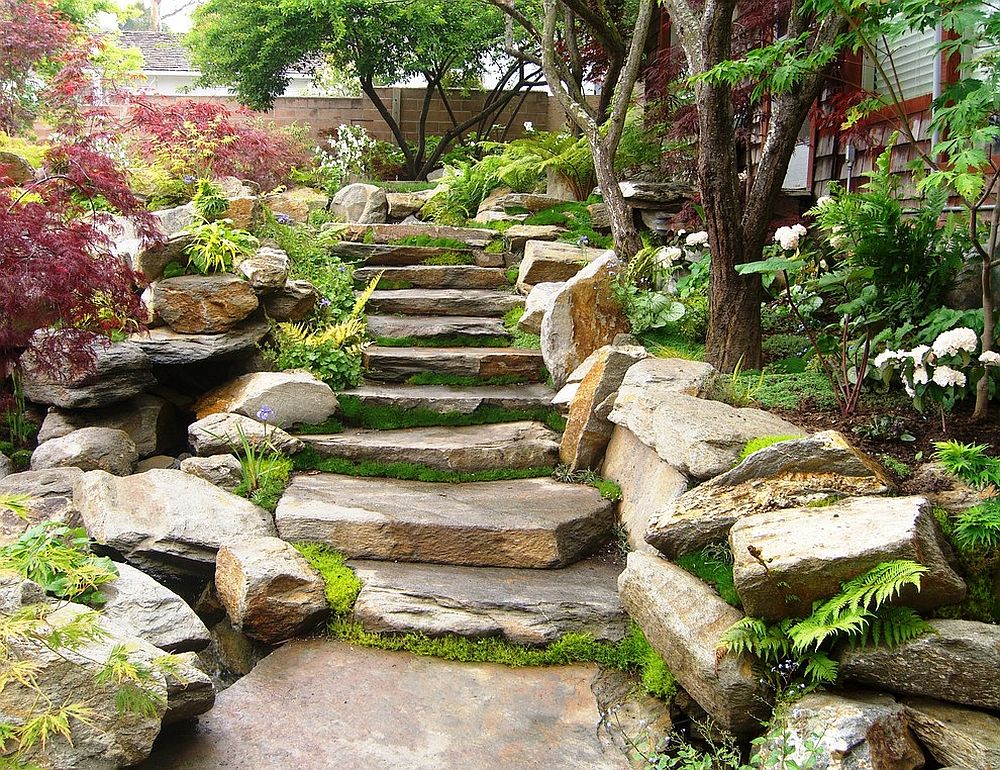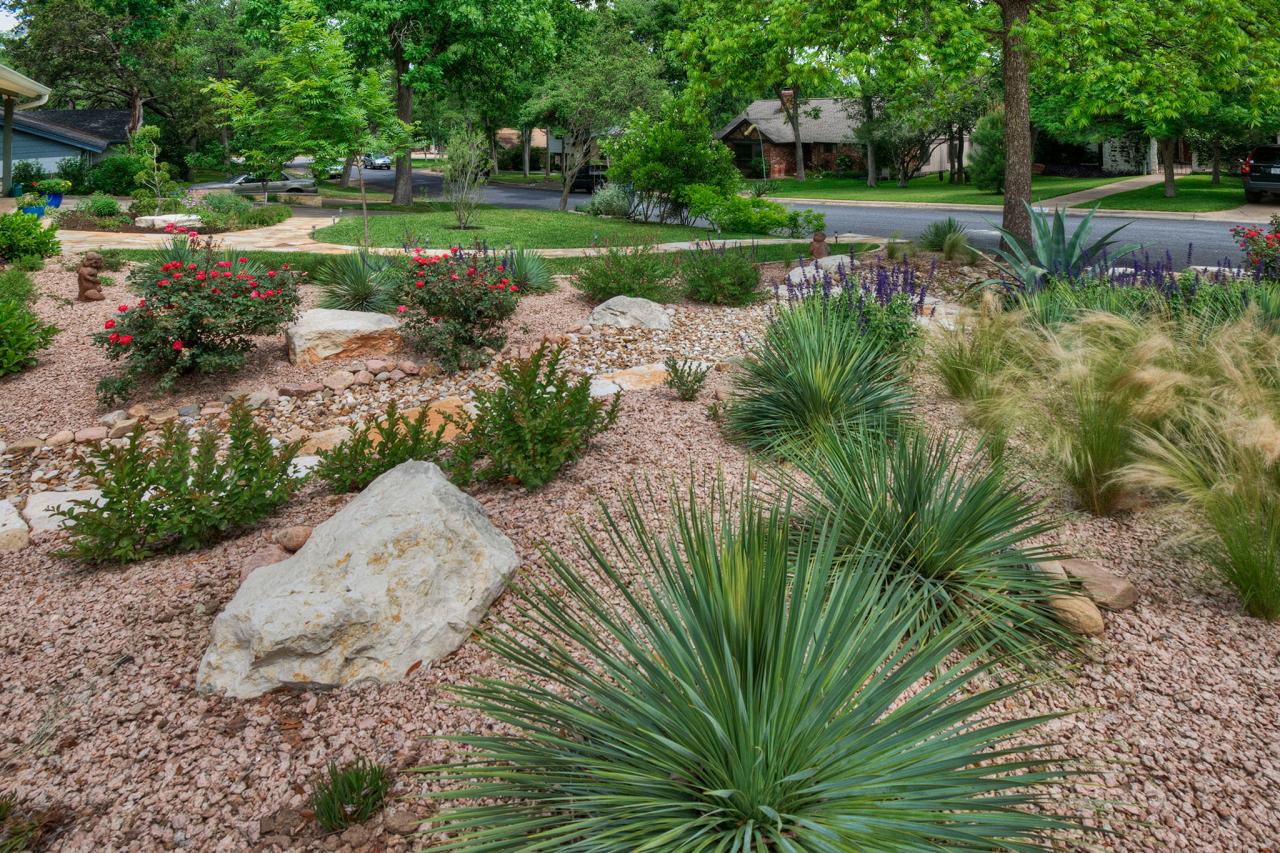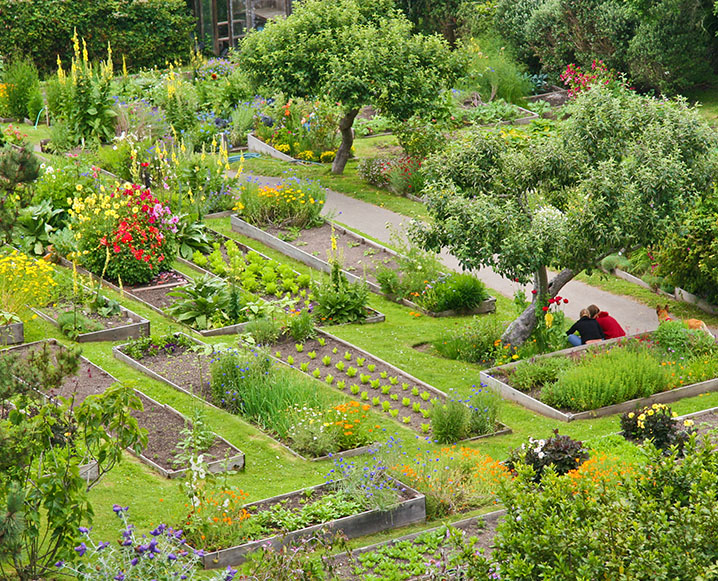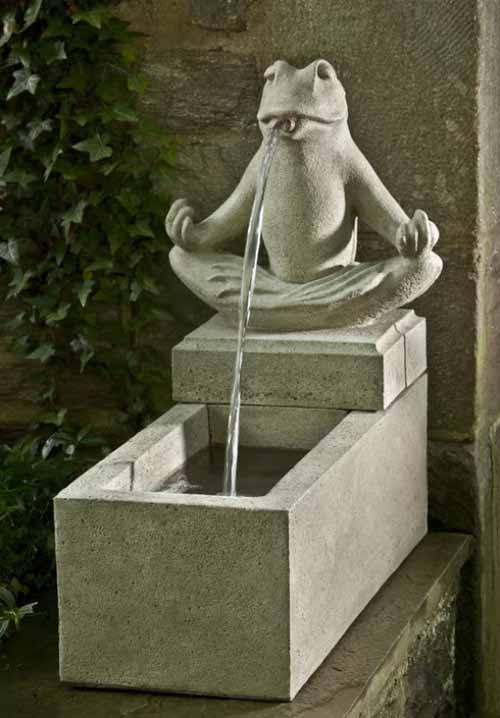Types of Landscaping


- English Garden Style
English garden, were developed in 18th-century England, originating as a revolt against the architectural garden, which relied on rectilinear patterns, sculpture, and the unnatural shaping of trees.


- Oriental Landscape
Oriental or Asian landscape relies heavily on natural materials and features to transform a yard. You can incorporate a few traditional Asian elements in your design or create an authentic Japanese garden.


- Woodland Landscape
A woodland is the plurale tantum woods a low-density forest forming open habitats with plenty of sunlight and limited shade. Woodlands may support an understory of shrubs and herbaceous plants including grasses.


- Formal Landscape
A formal modern style of landscape design is a classic style with a luxurious look and feel. As a general rule, formal modern style landscaping is made up of symmetrical lines.


- Informal Landscape
Informal simply means that the garden follows much looser lines, curves and usually takes its design from the layout of the land.


- Butterfly Gardens
Butterfly gardening is designed to create an environment that attracts butterflies, as well as certain moths. Butterflies typically feed on the nectar of flowers, and there are hundreds of such plants that may be planted to attract them, depending on the location, time of year, among other factors.


- Xeriscape Gardens
Arid and semiarid climates that utilizes water-conserving techniques, such as the use of drought-tolerant plants, mulch, and efficient irrigation.


- Organic Gardens
Organic Garden is gardening without synthetic fertilizers and pesticides. But organic gardening is much more than simply replacing manmade chemicals with those derived from natural sources.
Types of Water Features for Landscapes

- An Urn Fountain is a shape that nearly anyone can recognize and it symbolizes something different for everyone. Although urns are often associated with death, they are actually a positive remembrance. Urns have long been used on monuments in cemeteries as a symbol of immortality.

- Basalt column fountains is a volcanic rock and one of the most common types of rock in the world. Although basalt is common, it is rare to find the long, solid columns of basalt that we use for our products.

-
ZEN PLINTH Ideal in locations inviting a bit of whimsy, the Zen Plinth Fountain weighs in at over a hundred pounds, so it requires a solid foundation.
